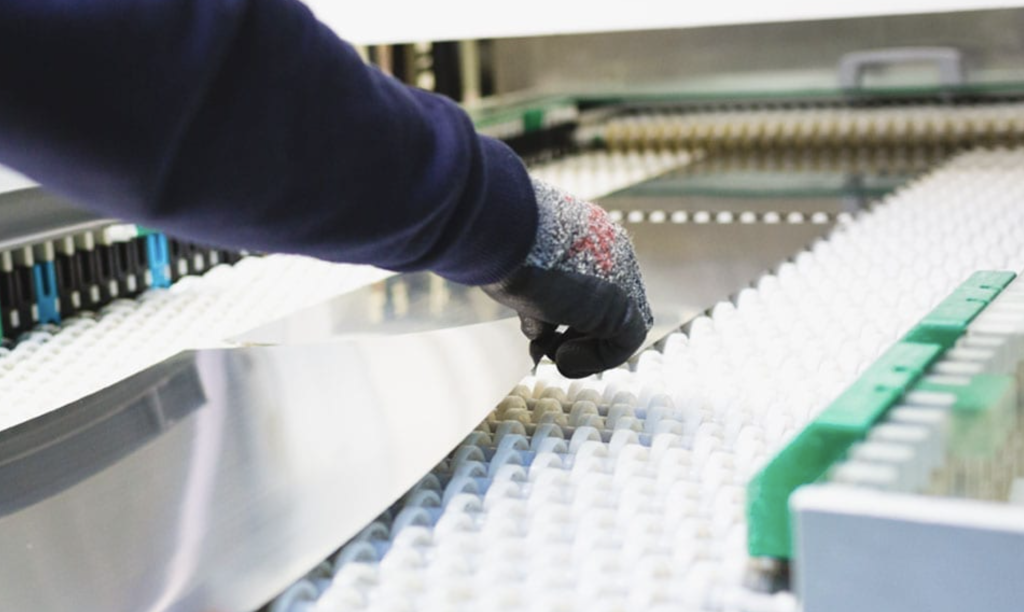With modern means of production requiring high levels of detail and accuracy paired with a convenient and affordable price tag, there are modern methods being incorporated with every passing day. The changing demands and requirements also play a major role in developing new processes. This is exactly the case with photochemical etching, and how the best photochemical etching company had come into action. Here is all you need to know about the process and how it is being used.
Understanding the term
Alternatively known as photo-etching, chemical machining, chemical milling, or metal etching, this is a subtractive process used to manufacture and fabricate metal articles through a precise application of photolithography and chemistry. Simply put, this process involves the usage of corrosives and etchants in a monitored process to pick away selected areas from your metal items.
The process of metal etching mostly involves working with rather feeble and thin gauged pieces of metals and foils, hence leaving no room for slacking off in terms of precision and neatness.
The process
Preparing the setup
To start, the shape of the part that is to be cut and designed is printed onto a photographic film carefully. Even in this simple process, attention to detail is crucial. The shape is to be printed on an optically clear and stable film, with a tool containing two such sheets. These sheets of film display the negative images of the parts printed, and make up the top and bottom of your tool.
Exposing your film to UV light
Then the sheets are trimmed appropriately and laminated with a UV photoresist. This coated plate is then put between the sheets of your photo tool and subject to vacuum. Under this high vacuum condition, UV light is shone onto the plates, allowing the resisting areas to become firm. The vacuum here is to make sure that the sheets of metal maintain adequate close contact throughout the process, which is crucial for uniform coating as per your design.
Development of your plate
After exposure of your plate to UV, it should be clearly visible that the areas of the plate which were directly exposed become ‘developed’. The unexposed areas of your plate resist development. Ultimately, the areas that are to be etched away are left unprotected to make it easier for the following processes.
Etching and corrosion
The plate is then sent into an etching line, which is a machine with multiple chambers. It has wheel conveyors with an exquisite setup of spray nozzles on either side. These nozzles spew etchants and corrosives under high temperatures and pressure. Upon reacting with your metal, these etchants corrode any unprotected areas on the sheet promptly. In most cases, the etchant is used in ferric chloride, or any other aqueous solution of acid.
The processed metal is then sent into the final stage of neutralization and rinsing where the left-out resisting parts are cleaned up.
Uses of photochemical etching
Industrially speaking, this process is being used in many fields which deal with alloys in a thin gauge range. Most common applications include the manufacturing processes of:
- Microwave circuits
- Washers
- Metal gaskets
- Pressure membranes
- Heta sinks
- Heating elements
- Sensors
- Battery grids
- Fine screens
- Sensors
Conclusion
To wrap things up, this rather inexpensive process holds quite a good amount of popularity among major manufacturers. This is mainly because of the economic advantage it holds over conventional processes of subtractive manufacturing like laser cutting and CNC punching.
The method uses rather unique ways of work, making it the best possible option for coming up with accurate and rapid processes which still do not compromise on the production quality and overall turnaround.

